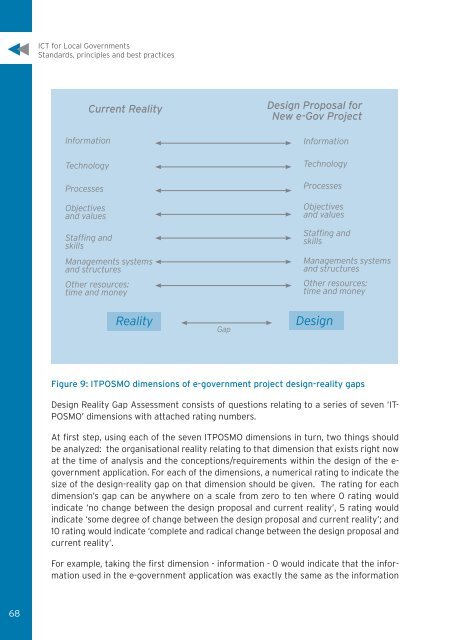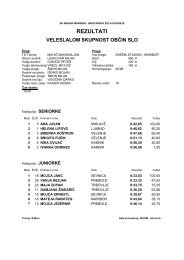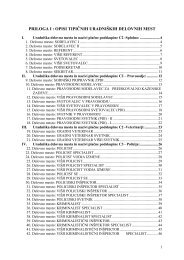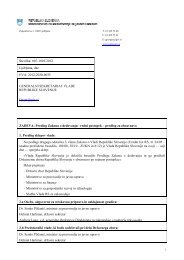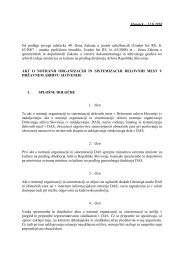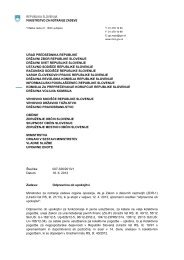for Local Governments
for Local Governments
for Local Governments
You also want an ePaper? Increase the reach of your titles
YUMPU automatically turns print PDFs into web optimized ePapers that Google loves.
68<br />
ICT <strong>for</strong> <strong>Local</strong> <strong>Governments</strong><br />
Standards, principles and best practices<br />
In<strong>for</strong>mation<br />
Technology<br />
Processes<br />
Objectives<br />
and values<br />
Staffing and<br />
skills<br />
Current Reality<br />
Managements systems<br />
and structures<br />
Other resources:<br />
time and money<br />
Figure 9: ITPOSMO dimensions of e-government project design-reality gaps<br />
Gap<br />
Design Proposal <strong>for</strong><br />
New e-Gov Project<br />
In<strong>for</strong>mation<br />
Technology<br />
Processes<br />
Objectives<br />
and values<br />
Staffing and<br />
skills<br />
Managements systems<br />
and structures<br />
Other resources:<br />
time and money<br />
Reality Design<br />
Design Reality Gap Assessment consists of questions relating to a series of seven ‘IT-<br />
POSMO’ dimensions with attached rating numbers.<br />
At first step, using each of the seven ITPOSMO dimensions in turn, two things should<br />
be analyzed: the organisational reality relating to that dimension that exists right now<br />
at the time of analysis and the conceptions/requirements within the design of the egovernment<br />
application. For each of the dimensions, a numerical rating to indicate the<br />
size of the design-reality gap on that dimension should be given. The rating <strong>for</strong> each<br />
dimension’s gap can be anywhere on a scale from zero to ten where 0 rating would<br />
indicate ‘no change between the design proposal and current reality’, 5 rating would<br />
indicate ‘some degree of change between the design proposal and current reality’; and<br />
10 rating would indicate ‘complete and radical change between the design proposal and<br />
current reality’.<br />
For example, taking the first dimension - in<strong>for</strong>mation - 0 would indicate that the in<strong>for</strong>mation<br />
used in the e-government application was exactly the same as the in<strong>for</strong>mation


